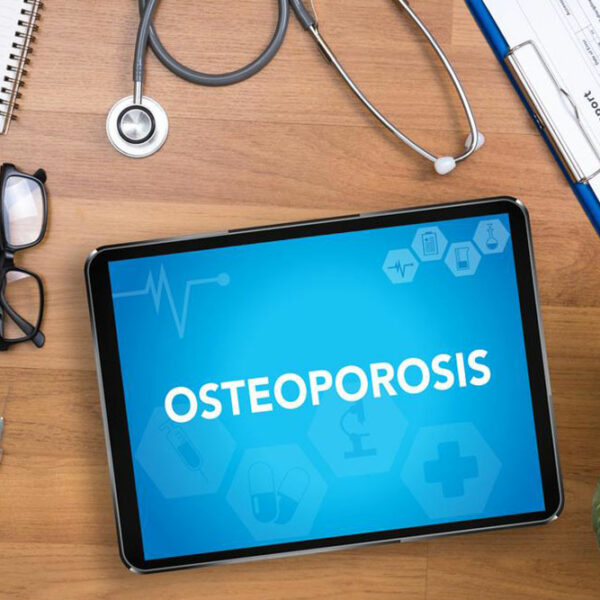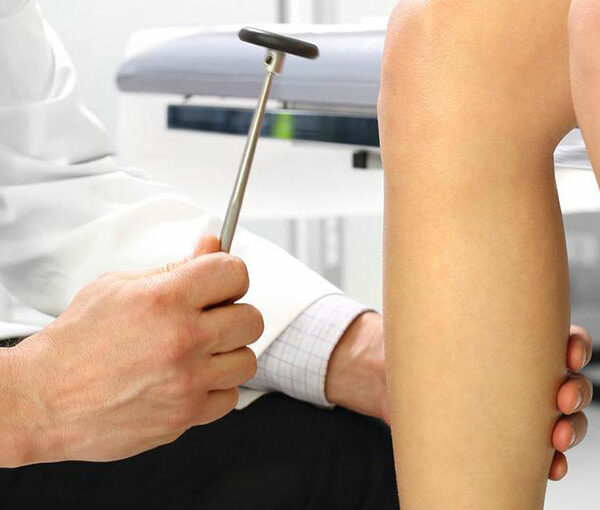
A brief overview of osteoporosis
Your body can be prone to conditions that are usually silent and do not give out any symptoms in the beginning. One such area could be your bones; the reason being that bones are one of the strongest parts of the human body and are not susceptible to complications that easily. However, your bones and joints can undergo many such silent complications and of the most intricate among them could be a condition known as osteoporosis. They have little similarity with arthritis and do not show their symptoms in many cases. Often people would be diagnosed with such a condition only when the disease has spread to its advanced stages. Let us have an in-depth picture of this silent crippler. Osteoporosis is a disease, which affects the quality of the bones and makes them brittle. In many cases, people are completely unaware that their bones are prone to fractures and breakages. Your lifestyle can be the biggest risk factor apart from your dietary habits in increasing the risk of osteoporosis. Your low physical inactivity and calcium intake can also add up to the risk. The symptoms can resemble a normal joint pain, and many people tend to ignore the facts.
